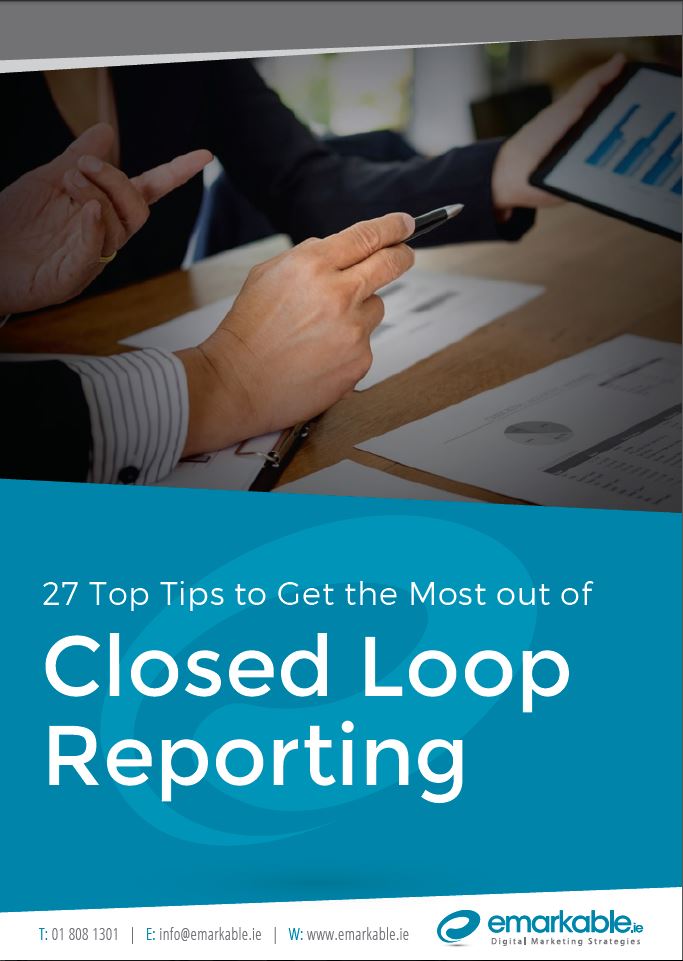7 Elements of the Perfect Backlink
Backlinks are one of the main challenges of SEO. Google said backlinks are one of the top three factors in Google search is that of backlinks. However, getting them is very difficult. Gone are the days of free sites, link building or even just “getting links.” Link building is now about quality – but what defines a perfect backlink? Is it the design of the site, or the DA (domain authority)? Not all backlinks are created equal, and drawing from our experience the following will detail the makeup of a perfect backlink – or what makes it “high quality.”
- Not Having the “Rel=NoFollow” Tag

First, the main reason you get authority from links is they have to have the “do follow” authority. Google has told websites time and time again to include the “rel=nofollow” tag on links that they do not want Google to crawl. What does Google not want websites to link out to without the “rel=nofollow” tag?
Commercial sites, or any site that could use those links to game the system and acquire higher rankings because of that link.
Per their webmaster’s report, it is for “untrusted content,” “paid links” and “crawl prioritization,” which means if you pay for links or use links to get higher rankings, you should have the “rel=nofollow” tag.
Google will be cracking down harder on e-commerce sites in particular because they are going after affiliate opportunities that have been passing authority and helping particular companies rank higher in the search algorithms.
In closing, having links with the “rel=nofollow” tag can kill SEO achievements if you aren’t careful about targeted backlinks. Getting really good editorial links with the “rel=nofollow” tag is important to have an overall well-balanced link profile, but for targeted results, you won’t get it.
- User-Generated Content

User-generated content is one of the future staples of e-commerce SEO. Amazon pretty much beats everyone with user-generated content. When we say user-generated content, we usually are referring to two main ways: comments and reviews. These are the two most popular types of user-generated content.
This is why editorial articles are such a powerful link tactic. If it is truly a good piece of content, people will comment on it and Google will see more content being added to an already long-form content piece. As we know already, Google favours long-form content over short-form content.
The other piece is reviews. Notice how products with lots of reviews rank high in Google when other products without reviews are left behind? It is because Google wants user-generated content and people interacting with content. Therefore, products with reviews will outrank products without reviews. As an e-commerce business, it is important to have reviews on your products, and to have Google able to index them!
- Social Media Signals
Having social media signals is critical for modern-day SEO. If it weren’t for social media signals, how would Google know what is a good quality web page compared to a non-quality webpage? Google can see how users interact with webpages and “upvote” them based on social media shares.
Making sure your links and content with your links are shared on social media is extremely important. This is why content creation and promotion rules modern SEO. Even if you cannot get links, you can receive high-quality social media signals, which allows Google to give your links higher “quality.”
- Backlinks and Mentions
Similar to social media signals, Google also wants to see other webpages pointing to your webpages with the links to them. This is why Black Hat and Gray Hat SEO tactics were so good, back in the day: because you could tier your links and fake really good quality signals.
Now you cannot fake it and must receive high-quality links pointing to your links if you want to get good quality signals to your backlinks. Having mentions or even articles written specifically mentioning your content goes a long way, in Google’s eye, and it is one of the key criteria Google looks for when ranking web pages and judging if you have the perfect backlink.
- Links Above the Fold
Having links buried in content does not bode well with Google. Google wants the links above the content and higher in the web page. The deeper the link is, the farther down Google will count that link compared to links in the first paragraph. When focusing on your efforts, be sure to aim for links above the fold and not just settle for links at the end of the content. Be creative and provide value in the links above the fold!
- Domain Authority
Having a strong domain authority helps, but it is not the only factor. If you have a high domain authority without any quality signals, then it will not be an impactful link. Getting a link from Forbes is only impactful if the link is shared on social media, interlinked from somewhere, or has a perfect backlink from a popular place. In short, if Forbes made a static CMS page with 1,000 words, and one link to you, it wouldn’t be impactful until it got links and social media signals.
- Number of Links

The number of links on the page also affects how impactful the link is. If there are 200+ links in one article, and you have one of those links, then the authority will be diluted more than if it were just one link above the fold. Placements or mentions need to be selective for you truly to receive a lot of value.
However, this can be a “grey” area, because if you have a ton of quality signals from social media and backlinks, then the dilution may not be as bad as if you didn’t have those quality signals.
In short, the number of links affects it, but usually, really impactful placements have a ton of links, and the higher quality the signals, the less dilution there is.
Click here to learn more about seo





